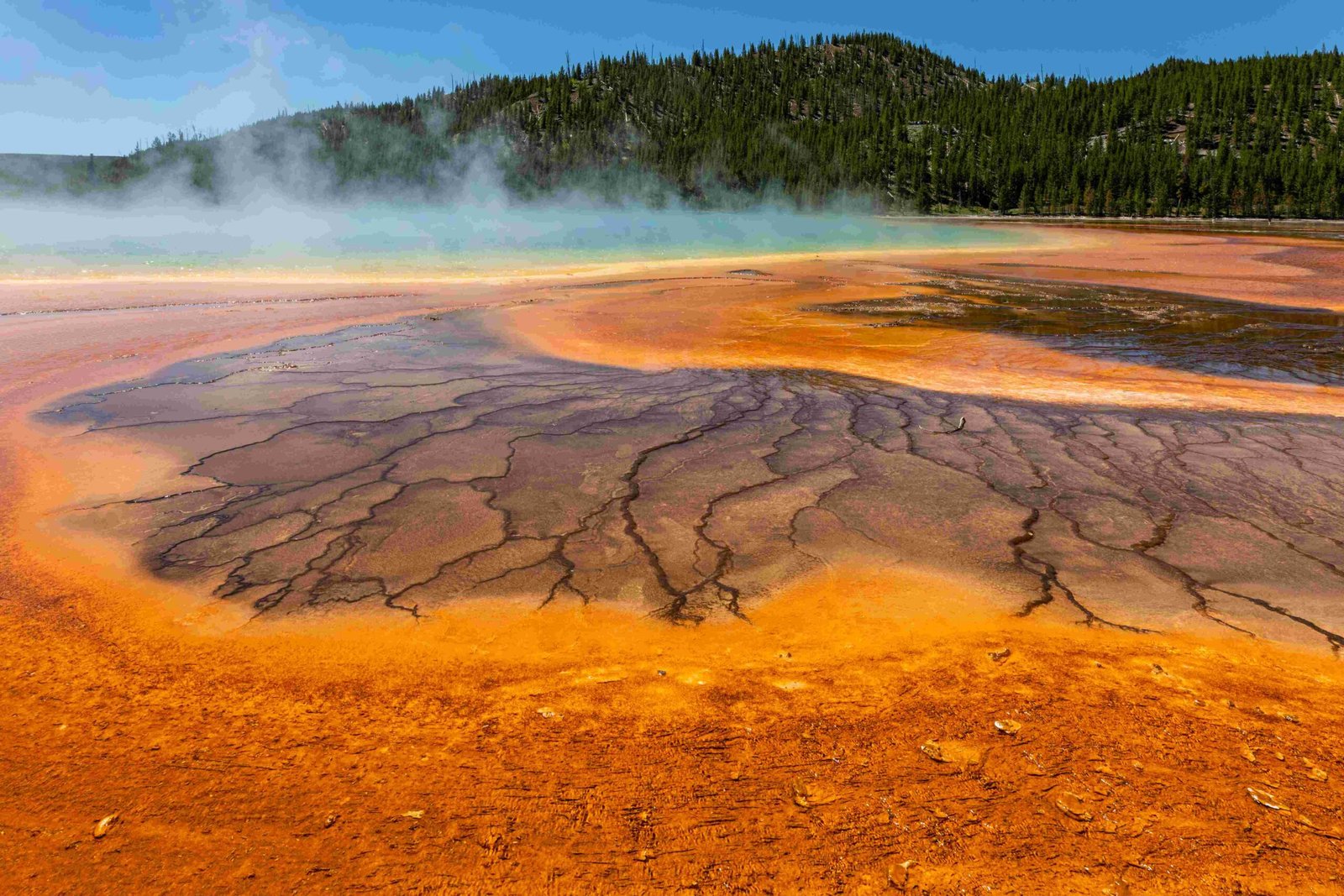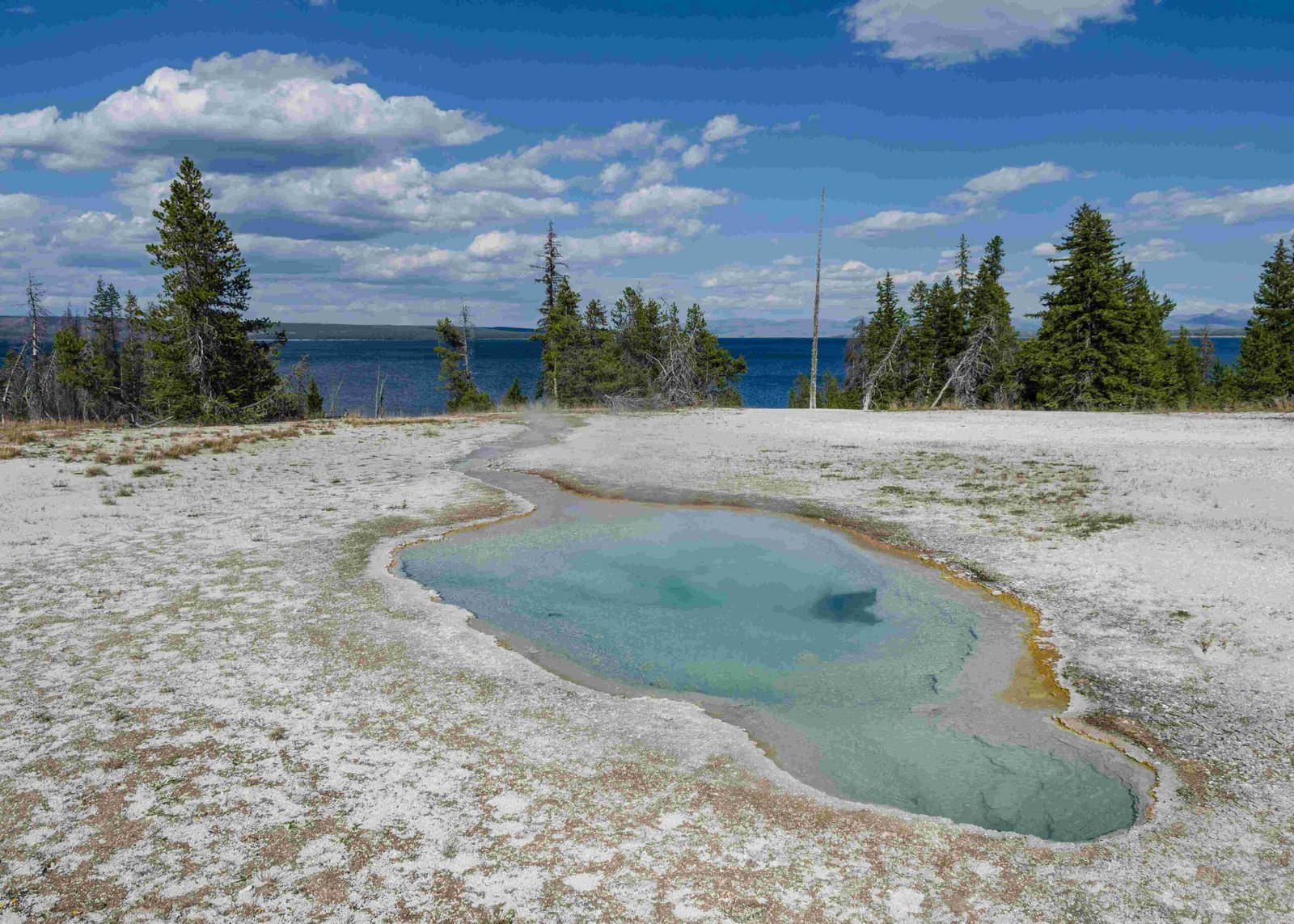Yellowstone National Park has unveiled a comprehensive new bison management plan, aiming to balance conservation efforts with population control. The plan, finalized on July 24, 2024, sets population targets between 3,500 to 6,000 bison, with an average of 5,000. It introduces strategies like the Bison Conservation Transfer Program and Tribal Food Transfer Program, while also relying on tribal and state harvests for population management when necessary.
Yellowstone National Park has recently unveiled a comprehensive new bison management plan, marking a significant shift in its approach to conserving and controlling the park’s iconic bison population. This plan, finalized on July 24, 2024, is the result of an extensive Environmental Impact Statement (EIS) and National Environmental Policy Act process that began in 2022. The new guidelines aim to strike a delicate balance between preserving the bison’s ecological role and managing their numbers to prevent overgrazing and conflicts with neighboring communities.
What Are the Key Objectives of the New Bison Management Plan?

The new bison management plan for Yellowstone National Park has several primary objectives:
- Maintain a sustainable bison population
- Preserve the genetic diversity of the herd
- Reduce conflicts with neighboring communities
- Support tribal sovereignty and cultural connections to bison
- Ensure the long-term health of the park’s ecosystem
To achieve these objectives, the plan outlines specific population targets and management strategies.
What Are the Population Targets Set by the New Plan?

The new plan establishes clear population targets for the Yellowstone bison herd:
- Population Range: 3,500 to 6,000 animals after calving
- Average Population: Approximately 5,000 bison
- Population Assurance Threshold: 5,200 bison
These targets are consistent with the 10-year average population observed in the park. When the population reaches the threshold of 5,200 bison, the National Park Service (NPS) will implement management strategies to reduce numbers, primarily through tribal and state harvests.
How Will the Bison Population Be Managed Under the New Plan?
The new bison management plan introduces several strategies to maintain the desired population levels:
- Bison Conservation Transfer Program (BCTP)
- Priority: Restore bison to tribal lands
-
Process: Capture bison at park boundaries when facility space is available
-
Tribal Food Transfer Program (TFTP)
- Purpose: Provide meat and hides to tribes
-
Application: Remove brucellosis-positive bison identified during BCTP selection
-
Tribal and State Harvests
- Trigger: Population exceeds 5,200 bison
- Method: Rely on harvests outside park boundaries
-
Backup: Use TFTP if harvests are insufficient
-
Population Protection Measures
- Trigger: Late-winter population nears 3,000 animals
- Action: Protect bison inside the park and encourage reduced hunting outside
What Is the Bison Conservation Transfer Program?
The Bison Conservation Transfer Program (BCTP) is a cornerstone of the new management plan. Here’s what you need to know:
- Purpose: Restore bison to tribal lands
- Process:
- Capture bison at park boundaries
- Quarantine and test for diseases
- Transfer healthy bison to tribal lands
- Benefits:
- Supports tribal sovereignty
- Preserves genetic diversity
- Reduces need for lethal population control
How Does the Tribal Food Transfer Program Work?
The Tribal Food Transfer Program (TFTP) is another crucial component of the new management plan:
| Aspect | Details |
|---|---|
| Purpose | Provide meat and hides to tribes |
| Source | Brucellosis-positive bison identified during BCTP selection |
| Benefits | Supports tribal communities, reduces waste |
| Implementation | Coordinated with tribal authorities |
What Role Do Tribal and State Harvests Play in the New Plan?
Tribal and state harvests are essential tools for population management under the new plan:
- Trigger Point: Population exceeds 5,200 bison
- Location: Outside park boundaries
- Coordination: NPS works with tribal and state partners
- Backup Plan: If harvests are insufficient, additional bison removed through TFTP
How Will the Plan Protect the Bison Population from Overharvesting?
The new management plan includes safeguards to prevent overharvesting:
- Population Threshold: If late-winter population approaches 3,000 bison
- Protection Measures:
- Increased protection inside the park
- Encourage reduced hunting outside park boundaries
- Adaptive Management: Continuous monitoring and adjustment of strategies
What Impact Will the New Plan Have on Park Visitors?
While the new bison management plan primarily focuses on conservation and population control, it may indirectly affect park visitors:
- Potential for more frequent bison sightings due to maintained population levels
- Possible temporary closures of certain areas during management activities
- Enhanced educational opportunities about bison conservation efforts
However, the plan does not specifically address changes to visitor access, facilities, or tour operations related to bison management.
How Does the New Plan Address Brucellosis Concerns?
Brucellosis, a bacterial disease that can affect bison and cattle, is a key consideration in the new management plan:
- Testing: Bison in the BCTP undergo rigorous disease testing
- Removal: Brucellosis-positive bison are removed through the TFTP
- Boundary Management: Helps prevent disease transmission to cattle outside the park
What Are the Long-term Goals of This New Bison Management Plan?
The new bison management plan aims to achieve several long-term goals:
- Maintain a genetically diverse and healthy bison population
- Support the restoration of bison to tribal lands
- Reduce conflicts with neighboring communities and ranchers
- Preserve the ecological role of bison in the Yellowstone ecosystem
- Balance conservation efforts with population control measures
By implementing these strategies, Yellowstone National Park hopes to ensure the long-term survival and health of its iconic bison herd while addressing the complex challenges of wildlife management in a changing environment.

